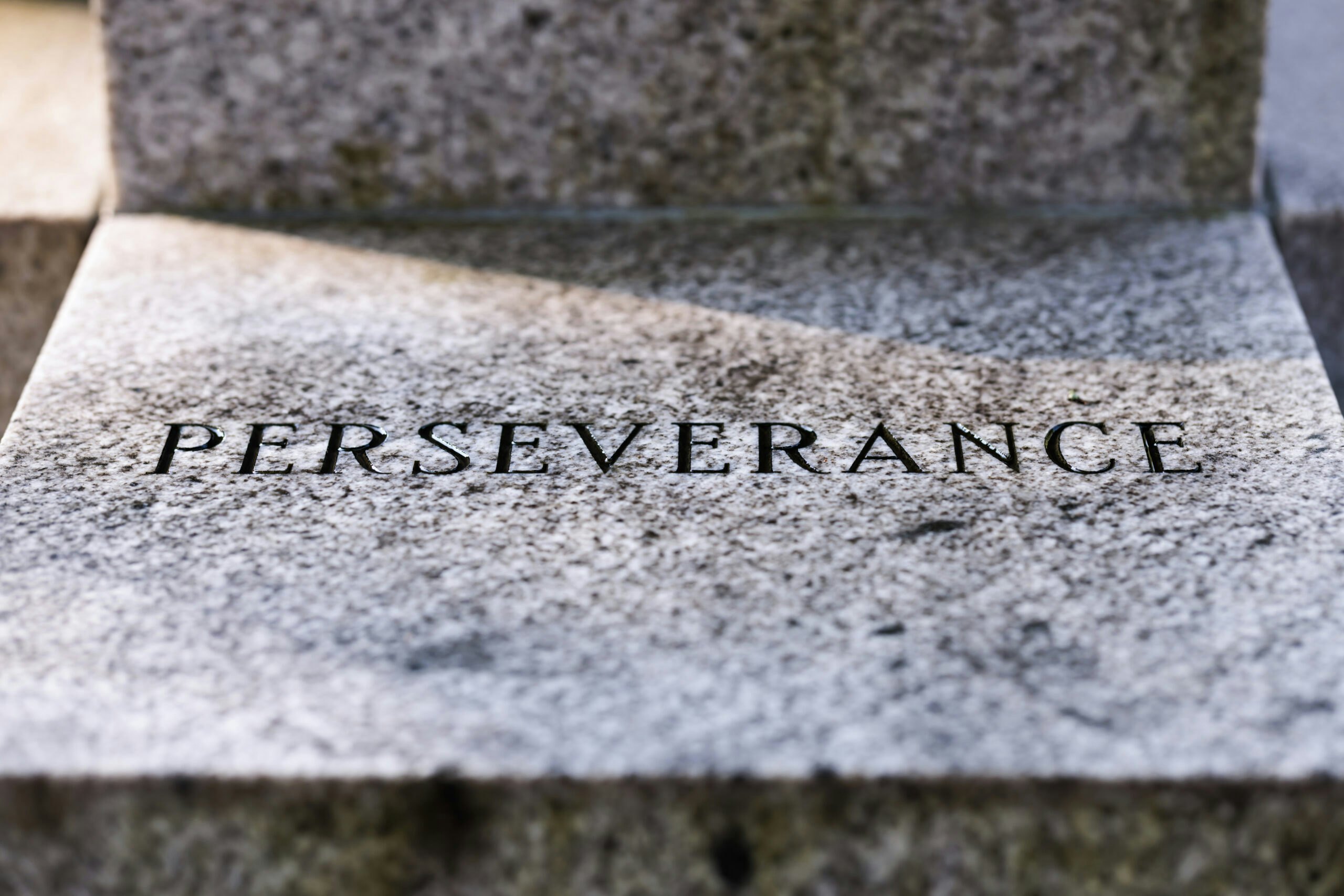I recently picked up a collection of speeches that were published in “The Press and the Public Interest” in 1968, a book given to me in the 1980s by Morris Schnapper, a mentor who founded Public Affairs Press. The speeches within were a compilation of talks that newspaper publishers and editors, often legendary ones, had delivered at the William Allen White Foundation’s annual event. The Pulitzer Prize-winning White was an early 20th century publisher of the nationally renowned Emporia Gazette in Kansas.
As I read some of the speeches, several parallels to modern journalism and our information environment stood out. At times, we may think that difficulties in ensuring a reliable flow of information are unique to our period or even insurmountable. But here are three big-picture lessons from journalism’s past that carry reminders and even encouragement for today:
Journalism is ultimately a human endeavor
In a 1958 lecture, Tulsa Tribune editor and publisher Jenkin Lloyd Jones observed that: “The science of truth-telling remains inexact.” Acknowledging that human beings ultimately are in charge of daily newspapers, he described an editor’s job as “…torn between that which is popular and that which is instructive. He must understand that uncompromising honesty carries cruelty in its saddlebags, and that too much gentleness will help evil thrive.”
In other words, human judgment determines what goes into a newscast, a radio report, a daily newspaper. This is still true. With the exception of the Chicago Sun-Times and Philadelphia Inquirer recently running AI-generated reviews of books that had never been published, artificial intelligence is not yet in charge. As long as humans make the products, decisions will have to be made about what goes in the daily mix. And there will be mistakes and biases.
But reputable news organizations – here I am going to focus on newspapers – employ protocols to counter bias. Those include editors insisting reporters hear all sides of a story, pursue their reporting with an open mind, and develop a wide range of sources. Countering bias involves editors questioning reporters’ own preconceptions, distinguishing news reports from opinion pieces, and hiring reporters from a wide range of backgrounds, expertise, and experiences. And when editors and newspapers get it wrong, they run corrections.
Those are the kinds of protocols that build trust. So does being transparent about the work journalists do every day. As one example, Martin Baron, former editor of The Washington Post, suggests media organizations put online all of a data source used in a story, as well as an audio or video of an interview. Readers then can see the entirety of a source’s comments, although this won’t help with the anonymous sources who can create controversy.
Methods like these can make an inexact science more exact. And organizations like Trusting News regularly offer news organizations tips and strategies to make their work more trustworthy.
“The thing that makes journalism one of the most challenging callings on earth is its very perplexity — its wide areas of error — the utter impossibility of doing it as well as it ought to be done,” Jones, publisher of the Tulsa Tribune, concluded in his lecture. Still, the calling of journalists is to get up every day and try to deliver news and information to their audiences as accurately and fairly as possible.
Journalism long has had to reinvent itself
In the late 1800s and early 1900s, famous publishers like William Randolph Hearst and Joseph Pulitzer battled each other for domination in New York and for influence around the country. Their papers practiced “yellow journalism,” which was known for sensational headlines; populist, big-city circulations; and the promotion of causes like the Spanish-American War. These publishers were seen as showmen and promoters focused on selling their papers to the masses more than as honest brokers of truth.
A countervailing response to their methods ensued, and it focused on professionalizing journalism and elevating its standards. Bernard Kilgore, once editor of the Wall Street Journal and president and chairman of Dow Jones and Co., noted in his 1962 lecture that the Christian Science Monitor emerged as a fact-oriented response to the yellow journalism of its day. (The Monitor now is digital-only during the week, with the offer of a weekly print edition.)
Similarly, the prominent editor and columnist Walter Lippmann helped lead a movement in the early 1900s to create a more objective journalism that revolved around open inquiry into subjects, not pre-ordained conclusions. “What William Allen White would have called decent, dedicated American journalists were not proud of what appeared to be the leadership in American journalism. They tried to disassociate themselves from the prevailing image,” Kilgore recalled of an earlier attempt at reinvention.
Today, finding a sustainable business model that supports quality journalism is arguably the most important reinvention challenge facing newspapers. Numerous factors have upended the advertising/subscription strategy that once powered the bottom line of American dailies. The upheaval largely relates to the advent of the internet. This phenomenon especially has hit local communities and their newspapers, resulting in fewer reporters covering city halls and statehouses.
In response, new business strategies are emerging. One is the nonprofit model, which organizations like the American Journalism Project, the National Trust for Local News, States Newsroom, and Newswell are helping develop. Nonprofit digital news sites are popping up across the nation, with entities like Texas Tribune, CalMatters, the Kansas Reflector, Lookout Santa Cruz, and Mississippi Today doing serious, award-winning journalism. And they often are doing so by focusing on local, state, or regional issues and topics. doing serious, award-winning journalism. And they often are doing so by focusing on local, state, or regional issues and topics.
At the same time, for-profit operations like Sycamore Media in eastern Iowa publish papers without the support of a large newspaper chain, a billionaire owner, or hedge-fund capital. They become entrepreneurs and look for other ways to earn revenues. In Sycamore’s case, the company publishes two glossy farm magazines that help offset the expenses of running the company’s seven newspapers.
As they innovate their way forward, non-profit and for-profit models are living up to Kilgore’s long-ago prediction that “the newspaper image of the future” will be a “lively, local community newspaper” that provides its readers with information about themselves.
The rise of new technologies doesn’t mean the end of traditional media
Palmer Hoyt, once editor and publisher of the Denver Post, recalled in his 1953 lecture how a man told him upon graduating from the University of Oregon’s School of Journalism in 1923 that he was sorry Holt was going into the newspaper business. When asked why, the man emphatically said there would be no newspapers in 10 years. The radio would take their place.
That obviously didn’t happen. But newspapers did have to respond to a new medium, which adept communicators like Franklin Roosevelt latched onto as a way to reach mass audiences with his popular Fireside Chats. FDR made news without newspapers, Harold Holzer observed in The Presidents Vs. The Press.
Newspapers didn’t wither and fade away, though. As of 1940, just before the United States entered World War II, daily newspapers circulated to 41 million Americans while 32 million Sunday newspapers were printed each week. In a country then of 132 million people, those figures represented about 25% to 30% of the American public.
Daily and Sunday newspaper readership wouldn’t hit their circulation peaks of a little more than 60 million people until the 1970s and 1980s. By then, newspapers had adapted to radio and TV and deepened their coverage of subjects like civil rights in the South, expanded bureaus around the world, and exposed corruption, including that of a president and all his men.
Of course, new technologies still challenge the traditional media. Today’s technologies revolve around social media and digital platforms. Influencers use them to spread their views through posts, podcasts, and Substack contributions. Some practice the fundamentals of journalism, such as good editing and strong sourcing. But others may lack journalistic training, and like reporters trying to scoop the competition, they may let a sense of urgency drive them to post something without adequately checking all their facts. Still, “new media” operations succeed in part through establishing an authentic connection with their audiences.
By contrast, traditional journalists often look like distant authority figures, as Baron put it. That doesn’t work well in an era where individuals curate their own news feeds.
Helping readers understand how and why a newspaper pursued a story is one way journalists can improve the authenticity of their work. So can putting reporter bios at the end of a piece help news consumers get a better sense of the journalist writing a story or column. And running corrections show citizens that journalists own up to their mistakes.
Back in 1956, Roy Roberts, a longtime Kansas City Star political reporter, publisher, and later board chair, put his finger on the importance of authenticity in his address to the William Allen White Foundation: “You can’t all be Bill Whites, but the smallest as well as the largest, newspaper can strive for better writing, better usage, more individuality and more personality.”
Long before there were social media influencers, journalists like White provided their own authenticity through compelling writing. “In the small country town of Emporia,” Roberts said, “he made the Gazette so brilliantly distinctive it was a constant joy to writers and literary folks everywhere.”
Journalism’s history over America’s last century shows that modern challenges are not without precedent. The profession has been one of invention and reinvention, guided by humans who must strive for fairness and accuracy while acknowledging their mistakes, and a willingness to adapt to new technologies. All with the goal of keeping the public informed about their communities, nation, and world.
































